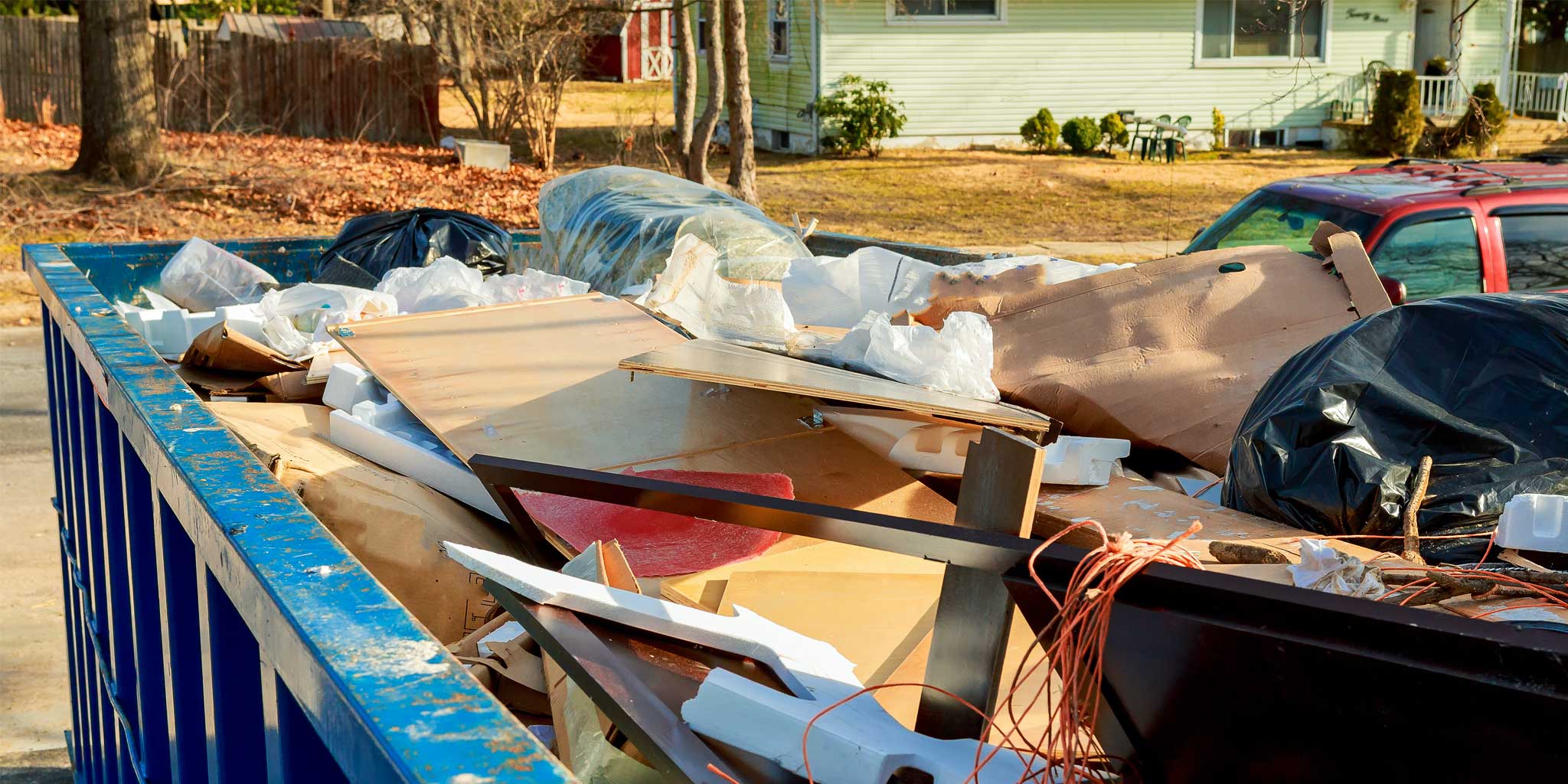Waste disposal requires a responsible approach by all involved and that includes the customer as well as all at Fowles Skip Hire. Whether you are removing walls or working with plasterboard, you might think that you can dispose of plasterboard by simply putting it into one of our skips. Of course, it is a common material that is considered safe to use in homes but it is also known as hazardous waste. So, why is it considered hazardous and how can you safely dispose of it?
What Does Plasterboard Consist Of?
Plasterboard looks harmless but it is used in new homes and in homes undergoing renovation but why is it considered hazardous?
Plasterboard is made of a material called gypsum which is a sulphite mineral that is combined with water before being compressed between lining sheets. It is then dried out and that is what gives you a solid board. It’s a harmless material on the whole but when it is disposed of with material that is biodegradable it can create a gas that is toxic. This gas is known as hydrogen sulphide and this gas can make it a challenge to dispose of as it is flammable and can be poisonous while it also gives off an unpleasant odour.
Are There Any Laws Surrounding Plasterboard?
Only around 10% of construction waste could include plasterboard up until 2009 and this was imposed by the Environmental Agency. However, there were changes to the rules so that even small amounts of gypsum would not be mixed with biodegradable waste as this would cause issues. So, this means that any plasterboard now needs to be disposed of separately, which means that people are encouraged to recycle it. Furthermore, it means that it won’t find its way to landfill and can be reused.
What Makes it So Dangerous?
We are all aware of the dangers of certain gases and the gas that is created when gypsum mixes with biodegradable waste can prove dangerous. Firstly, you’ll notice the smell but it is also corrosive which can cause damage to our skips. However, the waste then needs to be sorted and this puts our staff at risk as there is an increased risk of fire and even explosion.
The Importance of Safe Disposal
So, the good news is that it is possible to remove plasterboard but it has to be disposed of safely. We recommend that it should be disposed of in moderation although it can be collected when it is bagged up and kept separate from the rest of your waste – if you have any plasterboard waste, it must not be put into your skip as it is prohibited. Please contact the office to discuss how it can be disposed of – we can often offer plasterboard only skips or if it’s a very small amount we may be able to charge for a few bags on top of the skip. Furthermore, if you are known to mix hazardous waste with your standard waste, you might also find that you are charged for contaminating waste. For more information about removing plasterboard, you can always get in touch with us as our team will be able to provide useful guidance. However, the main thing to take from this is that plasterboard is hazardous, so it always pays to take a cautious approach and the right steps to dispose of it safely.
